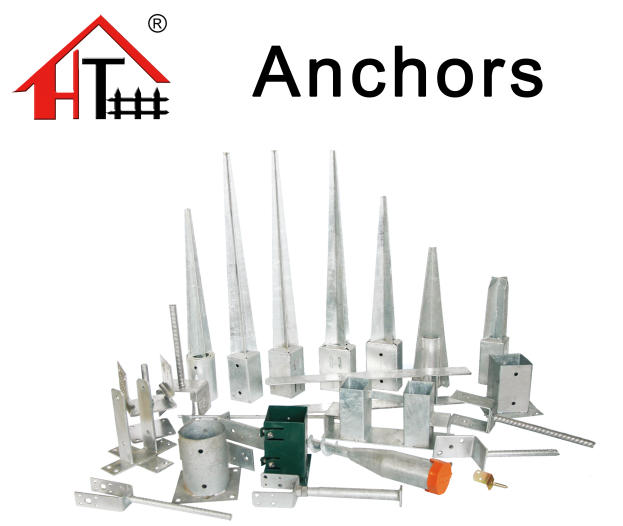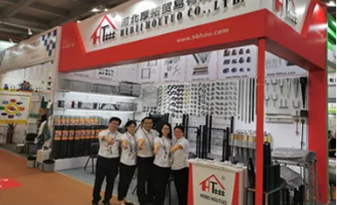Tomato Cages for Buckets A Practical Guide for Gardeners
Growing tomatoes can be a rewarding endeavor, but it often comes with its own set of challenges. One of the most common issues gardeners face is providing adequate support for their tomato plants. Whether you're working with limited space or simply prefer to grow your tomatoes in buckets, using tomato cages designed for buckets can significantly enhance your gardening success. In this article, we will explore the benefits of using tomato cages for bucket gardening and provide some practical tips on how to implement them effectively.
Why Use Buckets for Tomato Growing?
Using buckets for growing tomatoes has several advantages. First, it allows for better control over the growing environment, as you can choose the type of soil and drainage that best suits your tomato plants. Additionally, buckets can be placed in various locations, maximizing sunlight exposure and minimizing the threat of pests and diseases common in ground gardening.
However, growing tomatoes in buckets presents a challenge in terms of support, especially as the plants grow taller and heavier with fruit. This is where tomato cages come into play.
The Importance of Tomato Cages
Tomato cages serve several critical functions. They provide essential structural support that helps prevent plants from collapsing under the weight of their own fruit. They also enable better air circulation around the plants, which can reduce the risk of fungal diseases. Furthermore, cages keep the fruit off the ground, making it less susceptible to rotting and pest infestations.
When it comes to using tomato cages for buckets, it's important to choose the right type of cage that complements the limited space and height of bucket gardening.
Choosing the Right Tomato Cage
There are several types of tomato cages available, but not all are suitable for use with buckets
. Here are a few options to consider1. Collapsible Tomato Cages These cages are often adjustable and can be easily collapsed for storage. They're typically made from lightweight materials, making them easy to move around as needed.
tomato cages for buckets

2. Circular Wire Cages A classic option, circular wire cages are sturdy and provide excellent support. When using these with buckets, ensure that they are tall enough to accommodate the expected growth of your tomato plants.
3. DIY Cages If you're feeling creative, consider building your own tomato cages using materials such as wooden stakes, bamboo poles, or even repurposed chicken wire. This allows you to customize the height and structure based on your specific needs.
Installing Tomato Cages in Buckets
Once you've chosen the right type of cage, the next step is installation. Here’s a simple guide
1. Prepare the Bucket Ensure your bucket has proper drainage holes at the bottom to prevent waterlogging. Fill it with nutrient-rich potting soil suitable for tomatoes.
2. Insert the Cage Place the cage into the bucket while ensuring it's centered and stable. The cage's base should be firmly in the soil, extending upwards to provide maximum support.
3. Plant the Tomatoes Plant your tomato seedlings around the base of the cage, ensuring they have room to grow. As the plants begin to grow, gently weave their stems through the cage openings to encourage vertical growth.
4. Water and Care Regularly check the moisture levels in the bucket, as the soil tends to dry out faster in containers. Provide adequate sunlight and fertilization throughout the growing season.
Conclusion
Using tomato cages for buckets can significantly improve your tomato-growing success, offering the necessary support for healthy plant development. By choosing the right cages and following proper installation techniques, you can enjoy bountiful harvests even in limited space. Whether you're a novice gardener or a seasoned pro, these tips will help you create a thriving bucket garden that produces delicious tomatoes all season long. Happy gardening!
















